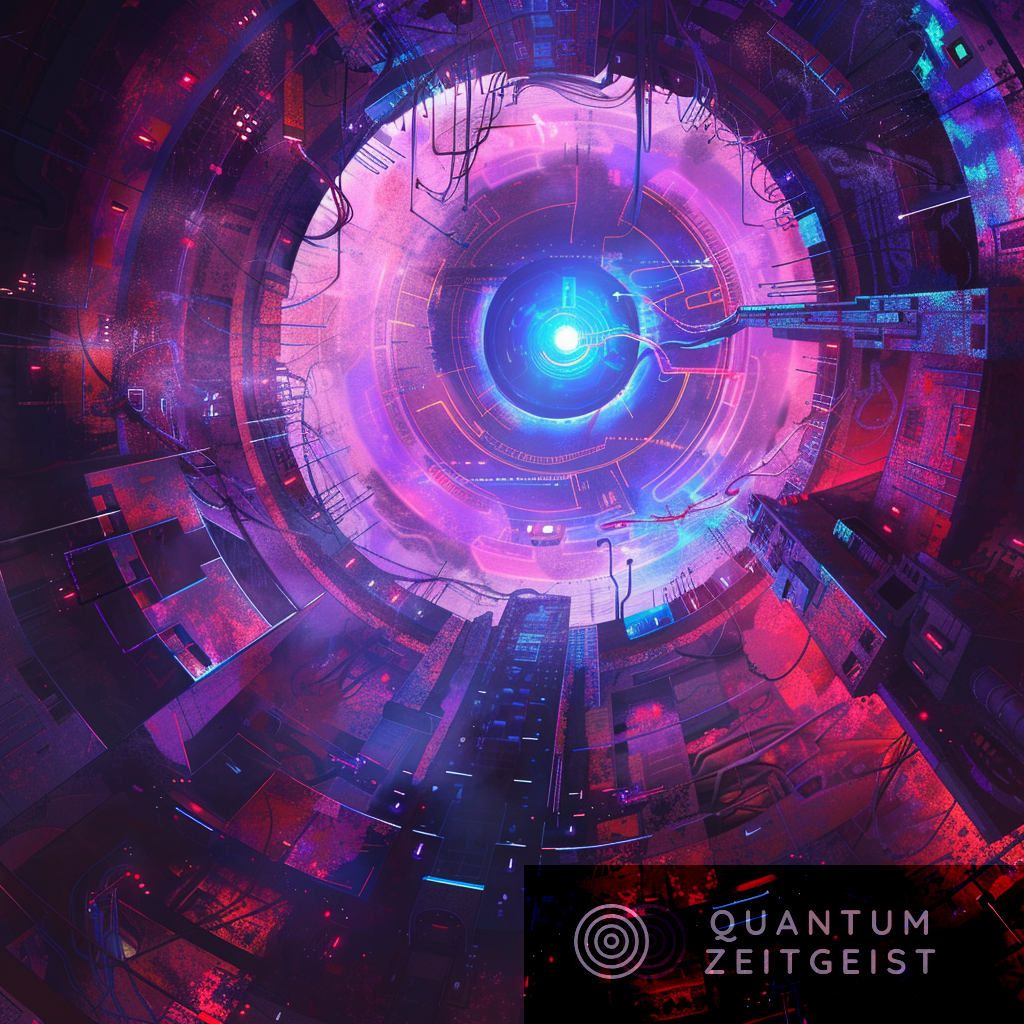A research team from the Joint Quantum Institute and Department of Physics at the University of Maryland and the Duke Quantum Center at Duke University has significantly improved the scalability and efficiency of quantum computing and networking systems. The team has developed an ion trap system with the highest reported free-space photon collection efficiency for quantum networking. They used a pair of aspheric lenses to couple 10.1% of the photons emitted from a 138Ba ion into single-mode fibers. This approach addresses a major limitation in the rate of remote entanglement generation, a key aspect of quantum computing and networking.
What is the Role of Photonic Interconnects in Quantum Computing and Networking?
Photonic interconnects facilitate communication between quantum systems and are crucial for scalable quantum computing and quantum networking. The generation of entanglement between remote qubits via photons has been demonstrated in various platforms. However, improving the rate of entanglement generation is key for integrating photonic links into modular quantum computers.
The research team, including Allison L Carter, Jameson OReilly, George Toh, Sagnik Saha, Mikhail Shalaev, Isabella Goetting, and Christopher Monroe, from the Joint Quantum Institute and Department of Physics at the University of Maryland and the Duke Quantum Center at Duke University, has presented an ion trap system that boasts the highest reported free-space photon collection efficiency for quantum networking.
The team used a pair of invacuum aspheric lenses with a numerical aperture of 0.8 to couple 10.1% of the 493 nm photons emitted from a 138Ba ion into single-mode fibers. They also demonstrated that the proximal effects of the lenses on the ion position and motion can be mitigated.
How Does the Quantum Charge-Coupled Device (QCCD) Approach Work?
Trapped ions are a leading platform for quantum computing and networking, with the longest coherence time of any qubit, the highest fidelities for state preparation, measurement, and single qubit gates, and some of the highest fidelity two-qubit gates. However, these demonstrations have all involved small systems with, at most, tens of qubits.
One option for scaling up is the quantum charge-coupled device (QCCD) approach, which involves multiple trapping zones on a single chip and the ability to shuttle ions between such zones. However, the shuttling and cooling overhead may scale poorly with the number of ions in the system.
A higher-level modular architecture that can be scaled to larger numbers of ions with full connectivity consists of multiple separate ion traps linked via photonic qubits and reconfigurable optical switches. This involves two distinct types of trapped ion qubits in each module: a communication qubit and a memory qubit. The communication qubit is used to generate remote entanglement between traps, while the memory qubit is used to perform local operations and store quantum information.
What are the Challenges and Solutions in Remote Entanglement Generation?
The remote entanglement generation between two modules in this architecture is a heralded process requiring many attempts to generate entanglement between ions in separate traps. To avoid decoherence of the memory qubit during these attempts, spectrally isolated qubits are envisioned for the communication and memory qubits.
However, the rate of remote entanglement is significantly slower than the typical rate for local entanglement between nearby trapped ion qubits. The finite fraction of light collection is one of the primary sources of photon loss and a major limitation to the rate of remote entanglement generation.
To increase the light collection and improve the coupling to the single-mode (SM) fibers necessary for achieving high-fidelity entanglement, the team used two aspheric lenses each with a numerical aperture (NA) of 0.8. This approach has demonstrated higher collection efficiencies compared to previous setups with lower numerical aperture lenses.
How Does the Use of Cavities and Mirrors Affect Light Collection?
An option for increasing the light collection is the use of cavities placed around the trapped ions. While a cavity can enhance the rate of spontaneous emission and increase the probability of successfully coupling a photon into a SM fiber, systems with trapped ions in cavities have not improved upon the rate demonstrated in previous research.
Achieving high rates with a cavity usually involves placing high-reflectivity dielectric mirrors very close to the ion. However, uncontrolled charging of the dielectrics can destabilize the ion trap and result in larger heating rates, degrading local entangling operations required for scaling.
Single concave mirrors can also be used either by themselves or in conjunction with a lens to collect large portions of the fluorescence from the ion. The mirrors used in these systems can have metallic surfaces, reducing the concerns about heating, but high efficiency fiber coupling of light from a trapped ion has not yet been demonstrated with such a system.
What is the Significance of the Research Team’s Approach?
The research team’s approach to increasing the light collection in a trapped ion system offers a promising alternative. Their system includes two aspheric lenses, each with a numerical aperture (NA) of 0.8, which is higher than previous setups. This setup has demonstrated higher collection efficiencies, a maximum of 10.1% total in free space.
The team also demonstrated that the proximal effects of the lenses on the ion position and motion can be mitigated. This is a significant achievement as it addresses one of the major limitations to the rate of remote entanglement generation in quantum computing and networking.
This research contributes to the ongoing efforts to improve the scalability and efficiency of quantum computing and networking systems. It provides valuable insights into the role of photonic interconnects and the challenges and potential solutions in remote entanglement generation.
Publication details: “Ion trap with in-vacuum high numerical aperture imaging for a dual-species modular quantum computer”
Publication Date: 2024-03-01
Authors: Allison L. Carter, Jameson O’Reilly, George Toh, Sagnik Saha, et al.
Source: Review of Scientific Instruments
DOI: https://doi.org/10.1063/5.0180732

